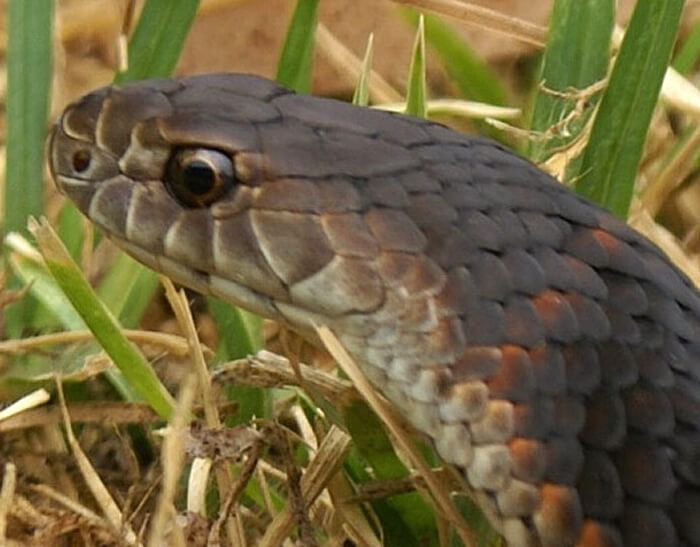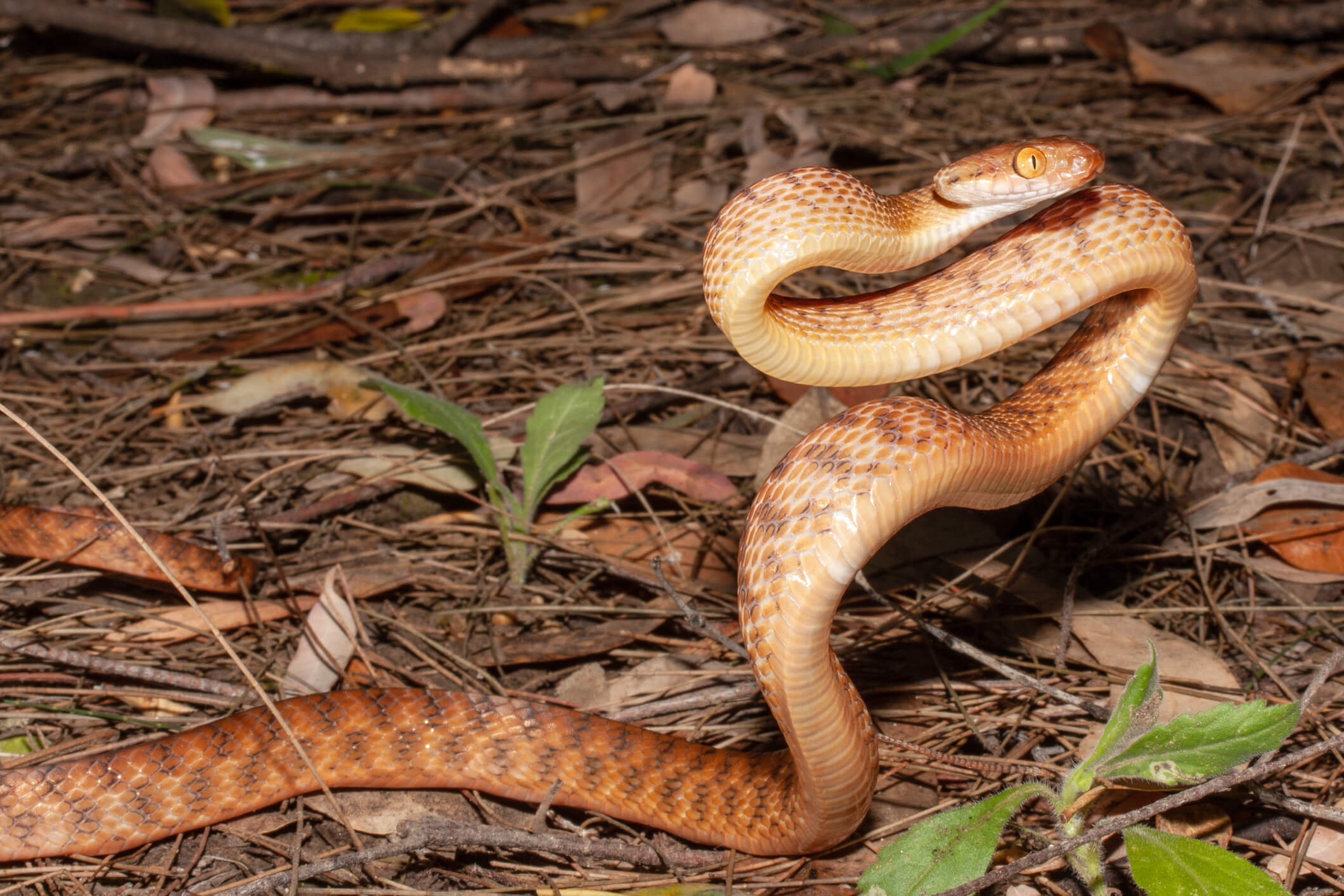Introduction
Tiger serpents are amongst the most well-known and been afraid reptiles in Australia, extensively identified for their striking look and powerful venom. This short article intends to explore the details of the tiger snake's habitat, distribution, behavior, and what one can expect when running into these fascinating animals. By understanding where to locate them and just how to navigate potential threats, you snake bite first aid treatment can value their duty in the ecosystem while ensuring your security.
Tiger Snake Environment: Where to Discover Them and What to Expect
Tiger snakes are predominantly found in southeastern Australia, consisting of Tasmania, where they prosper in a range of atmospheres. Their adaptability allows them to inhabit diverse surfaces such as seaside areas, wetlands, meadows, and also city locations.
Geographical Circulation of Tiger Snakes
The geographical reach of skillstrainingcollege.com.au tiger snakes expands throughout several Australian states. They are especially usual in:
- Tasmania: The Tasmanian tiger snake is one of one of the most identified subspecies. Victoria: Found near water bodies like rivers and lakes. New South Wales: Choosing bushland areas close to water sources. Western Australia: Even more typically seen around swamps and estuaries.
Understanding the geographical circulation is vital for both preservation initiatives and public recognition pertaining to experiences with these snakes.

Preferred Habitats of Tiger Snakes
Tiger serpents grow in numerous habitats. Below are some regular atmospheres where they may be found:
Wetlands: They favor marshy or marshy areas where they can access victim easily. Coastal Regions: Near beaches or rocky shorelines offer bountiful food sources like fish and amphibians. Forested Areas: Dense boscage uses shelter from predators while giving hunting grounds.Behavioral Patterns Associated with Habitat
Understanding tiger snake behavior within their habitats is important for communication management:
- Nocturnal Activity: Tiger snakes have a tendency to be more active during golden hours (dusk and dawn), making them harder to identify throughout daytime. Territorial Nature: They display territorial behavior; therefore, it's paramount to respect their area if encountered.
This understanding can aid minimize undesirable interactions between people and tiger snakes.
Are Tiger Snakes Venomous?
Yes, tiger serpents are indeed venomous. Their venom has neurotoxins that can cause paralysis or perhaps death if untreated.
What Makes Their Poison Dangerous?
The strength of a tiger serpent's venom varies relying on several elements:
- Geographic location Individual health Quantity injected during a bite
Symptoms of a Tiger Snake Bite
Recognizing signs early is essential:
- Pain at the bite site Swelling Difficulty breathing
Immediate clinical interest is crucial if bitten.
First Aid for Serpent Bites
Knowing first aid treatments can be lifesaving in case of a serpent bite.
First Aid Tips for Snake Bites
Stay calmness; keep the damaged area still. Call emergency situation solutions immediately. Apply a stress bandage above the bite site. Keep the specific lying down till aid arrives.Following these actions can significantly boost results adhering to a snake encounter.
Where Else Can You Run Into Tiger Snakes?
While they're usually found in their all-natural habitats, urbanization has actually brought about boosted encounters with humans.
Urban Encounters
Tiger serpents may venture into gardens or parks searching for food or water sources.

Precautions When Treking or Exploring
When discovering locations understood for tiger serpent environments:
- Wear thick boots Stay on paths Be vigilant
Taking these safety measures will certainly help reduce dangers while you take pleasure in nature.
Baby Tiger Snakes: A Special Viewpoint on Growth
Just like adults, infant tiger serpents are birthed venomous yet smaller sized in size.
Characteristics of Baby Tiger Snakes
- Size: Typically around 20-- 30 cm when born. Appearance: Sport comparable coloration as adults yet might have lighter bands initially.
Understanding their growth assists in appreciating their environmental function from early stage onward.
FAQs concerning Tiger Snakes
1. Are all tiger snakes venomous?
Yes, all species of tiger snakes possess venom with the ability of creating significant harm.
2. Exactly how can I identify a tiger snake?
Look for distinct banding patterns ranging from yellowish-brown to blackish colors along their bodies; grownups usually grow in between 1-- 2 meters long.
3. What need to I do if bitten by a tiger snake?
Seek immediate clinical interest; apply emergency treatment steps as discussed earlier while maintaining calm.

4. Do child tiger serpents present any kind of danger?
Absolutely! Regardless of their small dimension, infant tiger snakes are still venomous and can supply attacks that need major medical attention.
5. Exist any certain environments I must avoid?
Avoid walking skillstrainingcollege.com.au through dense underbrush or near stagnant water where conditions prefer serpent existence during warmer months.
6. How do preservation initiatives influence tiger snake populations?
Conservation campaigns concentrate on habitat preservation which straight affects population stability by guaranteeing adequate food sources and secure breeding locations.
Conclusion
In recap, comprehending "Tiger Serpent Environment: Where to Find Them and What to Expect" not just improves our knowledge about these impressive reptiles but additionally boosts our capability to exist side-by-side safely with them in shared settings. From acknowledging their preferred habitats to understanding just how to react effectively if bitten, comprehensive knowledge empowers us all-- whether we're wild animals enthusiasts or laid-back walkers-- to value this interesting element of Australia's natural heritage while prioritizing our safety.
This write-up acts as a considerable guide on everything pertaining to tiger serpent environments! Whether you're a devoted explorer or a person looking simply for info about these animals, recognizing how they interact within their communities-- and just how we fit into that image-- is crucial!